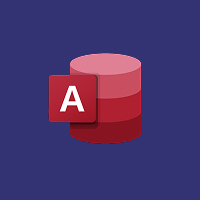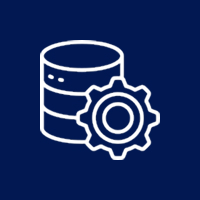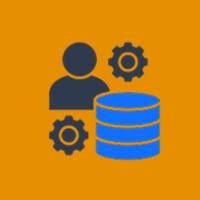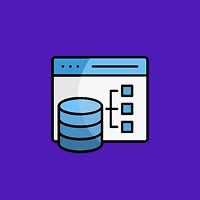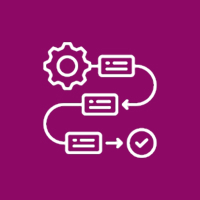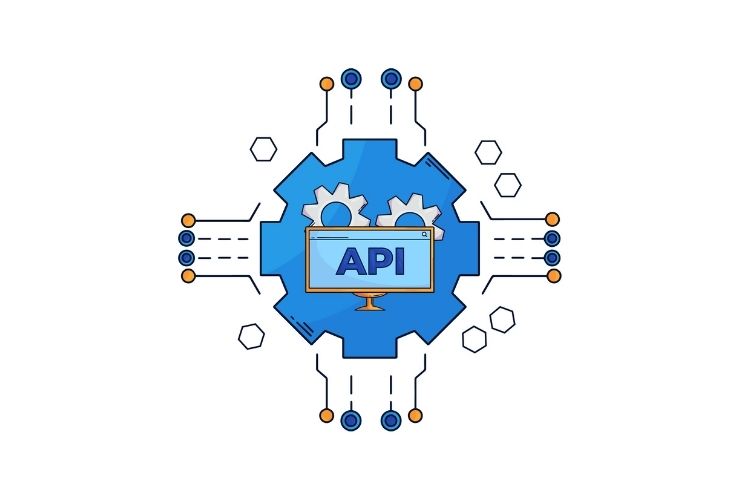The performance of applications is an indicator of how well your .NET applications will perform under real-world conditions. This matters whether you are developing enterprise applications, APIs, SaaS applications, microservices, or web applications. When applications are slow, users will be frustrated, engagement goes down, and churn goes up, causing higher infrastructure costs. Performance optimization is not just about improving application performance. Optimization leads to stability, scalability, and long-term maintainability. For developers, profiling and tuning an application can reveal hidden bottlenecks, memory issues, leverage expensive queries, and system level bottlenecks. This guide will explore key strategies, profiling tools, and optimization methods that build high-performance .NET applications.
Why Performance Optimization Is Important
A well-optimized .NET application offers tangible benefits such as;
Faster load and response times
A faster application leads to a better user experience and usable application.
Better scalability during peak load periods
A well-designed application can handle more users at the same time without failures.
Higher customer satisfaction and conversions
Users will retain and convert better with faster applications.
Lower server and cloud costs
An optimized system will consume less CPU cycles, memory, and I/O consumption.
Less downtime, improved reliability
Optimizing performance will improve the chances of a stable system under peak load problems.
The benefits make performance optimization a requirement in the entire cycle of .NET development, and not just at the end.
1. Profiling: The Initial Step to Optimization
Profiling is the practice of observing the behavior of an application during runtime. It indicates where your system is consuming time, memory, and where it is stuck. Developers should understand the source — profiling provides that understanding.
Profiling is broken down into several common types:
CPU Profiling
Finds functions and operations that use excessive CPU cycles, so slow loops, heavy computation, or inefficient logic can be improved.
Memory Profiling
Reveals memory leaks, large objects allocated, disposal of resources with no delete, or excessive garbage collection.
Database Profiling
Identifies slow SQL queries, missing indexes, N+1 queries, or poorly designed data access patterns; the biggest source of performance problems.
Network Profiling
Identifies latency due to external APIs, microservices, third party integrations, and I/O calls.
Profiling allows targeting of optimization efforts to particular areas, based on actual data rather than ideas.
2. Top Application Diagnostic Tools for .NET
There are several tools that can help diagnose performance problems in .NET applications. Each tool has different strengths, depending on whether you are profiling CPU, memory, queries, or distributed systems.
Visual Studio Profiler
A built-in diagnostic tool, the Visual Studio Profiler provides performance snapshots, memory analysis, async tracing, and CPU usage breakdown.
dotTrace (JetBrains)
A powerful tool for finding code-level performance bottlenecks with call tree inspection and visual analysis capabilities.
dotMemory
A memory profiling tool to help developers find memory leaks in code, find areas of excessive allocations, and manage object lifecycles more efficiently.
PerfView
A lightweight but advanced tool from Microsoft, PerfView is very well-suited for ETW-based tracing and has the capabilities you need to form conclusions for more complex performances.
Application Insights (Azure)
Continuous monitoring of live applications in the cloud, you can see real-time telemetry, request performance, slow dependency calls, as well as exception tracking.
ANTS Performance Profiler
A more interactive tool, ANTS performance profiler provides drill-down support to see detailed call graphs, database performance, and full breakdown of slow areas of programs.
In the end, a combination of both performance tools will enable you to see the whole of your systems performance levels across all layers.
3. Main Strategies for Performance in .NET
Once profiling establishes the bottlenecks the next step is to use tuning techniques, these tuning techniques can be used to improve performance on anything that involves data access in a database, memory usage, API responsiveness and application logic.
A. Database Queries
Database performance often is the biggest contributor to slow applications.
Some strategies include:
- Utilizing indexes strategically to optimize query plans
- Avoiding unnecessary SELECT * queries
- Reducing joins and heavy computations in queries
- Using cached results for data that is frequently queried
- Using stored procedures and optimized views where appropriate.
Interacting with a database efficiently is essential to allowing applications to perform well, especially under heavy load.
B. Memory Management
Using memory efficiently will prevent leaks, avoid frequently triggering GC, and increase stability.
Some recommendations:
- Disposing of unmanaged resources appropriately
- Using async programming patterns to reduce blocking
- Using lazy loading where appropriate
- Using lightweight collections wherever possible.
Good memory management is vital, particularly for large scale applications or long running applications.
C. API and Web Application Performance
For ASP.NET and ASP.NET Core applications, tuning the HTTP pipeline will improve responsiveness.
Some key areas for improvements include:
- Response caching for endpoints accessed frequently
- Gzip/br compression to lower payload size
- Minimizing middleware or chains of unnecessary middleware
- Optimizing the routing for speedier resolution of the request.
These tune-ups will reduce load on the server and result in a faster response.
D. Optimize Entity Framework Performance
Entity Framework (EF Core) is a powerful framework; however, it does have a few pitfalls when misused.
Best practices:
- For read-heavy operations, use AsNoTracking.
- Avoid N + 1 Query patterns.
- For repeated operations, use compiled queries.
- Avoid eager loading unless absolutely needed.
With properly tuned EF usage, you can get significantly faster data access.
E. Leverage Asynchronous Programming
Async and await allows you to increase scalability by freeing up threads for I/O-heavy operations. This is very important for web APIs, microservices, and distributed systems managing concurrent requests.
F. Optimize .NET Code Execution
Better core code execution will improve performance across the application.
Some examples are:
- Eliminating object creation where not necessary
- Using StringBuilder for object creation-heavy concatenation operations
- Avoiding too much reflection
- Removing too much boxing / unboxing
The small performance hits at the core code execution level will add up to bigger performance gains.
4. Caching Strategies for Faster Performance.
Caching is one of the best avenues to achieving better application speeds and will reduce server load. It will reduce your need to perform duplicate database queries and computational tasks.
Common caching avenues in .NET are:
- In-memory Cache for single-server applications.
- Distributed Cache using Redis or SQL Server for load-balanced environments.
- Output caching for API endpoints.
- Response caching for static content.
The correct caching layer depends on your architecture.
5. Monitoring and Continuous Optimization
Performance tuning isn’t a one-time activity, it is a continuous process. As an application grows and matures, new bottlenecks may arise. Continuous monitoring will allow you to spot any performance degradations quickly, and make sure your users don’t experience the impact.
The most common performance monitoring tools are:
- Azure Application Insights
- New Relic
- Datadog
- Elastic APM
Monitors, in real-time, the response time of operations, CPU usage, memory consumption, performance of dependencies, and error rates.
Continuous monitoring ensures you can maintain a stable application performance environment for yourself as well as your users.
Conclusion
Performance optimization is an ongoing journey, not a one-off task. The combination of profiling, tuning, monitoring, and best-practice coding will allow .NET developers to build high-functioning, scalable and dependable applications to allow for an outstanding user experience.
Identifying early bottlenecks via profiling, optimizing your database and APIs, enhancing memory usage, caching strategies, and continuous monitoring will facilitate your .NET application to be fast and efficient while user usage grows.
Using the right tools and techniques you will build powerful and highly optimized .NET applications that will allow for long-term performance and stability.
Contact Us Today



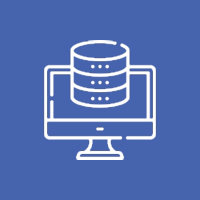









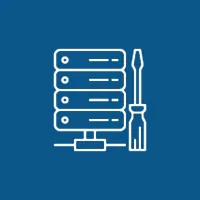 Database Development
Database Development




